Navigation
Influencing Factors for Copper
Macroeconomic Factors
The overall economic situation has an impact on the demand and price of copper. In the current macroeconomic environment, copper prices have been continuously declining since the National Day holiday and have been fluctuating widely within the range of 73,000 - 76,000 RMB per ton. The price of copper has also adjusted accordingly, with the decline remaining within a reasonable range.
Supply and Demand Relationship Factors
Supply Side: The domestic supply of scrap copper has decreased month-on-month. Upstream traders of scrap copper are facing losses in their inventories, so they are cautious in trading and the sentiment of hoarding goods in anticipation of price increases has intensified, resulting in a cooling down of market trading. In terms of imported copper, traders also have relatively low inventories. Although there will be a small amount of arrivals by the end of December, the quantity is limited and their willingness to place orders is not strong. All these factors have led to a reduction in the supply of copper in the market.
Demand Side: Scrap copper is mainly used in fields such as recycled copper rods and copper anodes for smelting. Currently, the overall capacity utilization rate is at a relatively low level within the year, and the demand performance is weak. There has been no significant improvement in December either, which leads to insufficient support on the demand side for copper.
Regional and Product Differences
Regional Differences: There are certain differences in the prices of copper in different regions. For example, on December 3rd, the price of SMM Guangdong No.1 electrolytic copper was between 74,170 and 74,480 yuan per ton, which was higher than that in other regions, and the premiums and discounts were also relatively high. Meanwhile, the prices in Shandong, Henan and other places were relatively low. This is related to factors such as the economic development level, industrial structure and transportation costs of each region.
Product Differences: The prices of copper products with different forms and purity also vary. For example, on December 3rd, the price of T2 copper bars in Guangdong Nonferrous Metals was between 78,600 and 79,400 yuan per ton, the price of T2 copper strips was between 77,550 and 77,850 yuan per ton, and the price of T2 copper rods was between 77,800 and 78,000 yuan per ton, all of which were higher than the price of No.1 electrolytic copper. This is because products such as copper bars and copper rods have undergone further processing and thus have higher added value.
Future Price Trend Prediction
In the short term, as the supply and demand in the scrap copper market have both weakened, it is expected that the price of copper will maintain an interval oscillation trend and the price fluctuation range may narrow. Meanwhile, the continuous narrowing trend of the price difference between scrap copper and scrap brass is difficult to be significantly improved in the short term, which will also have a certain impact on the price of copper.
In the long term, with the gradual improvement of the macroeconomic situation and the gradual recovery of downstream demand, the price of copper is expected to rise to a certain extent driven by the economic recovery. However, the magnitude of the increase still needs to pay attention to changes in multiple factors such as the global economic situation, international trade policies and copper mine supply.
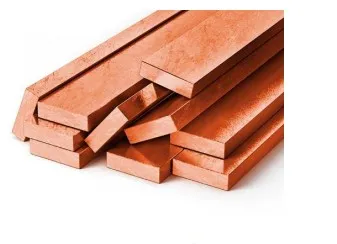
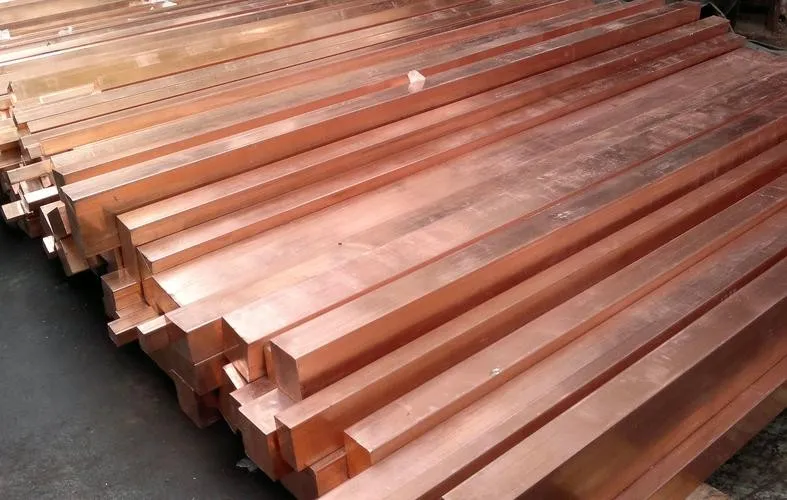
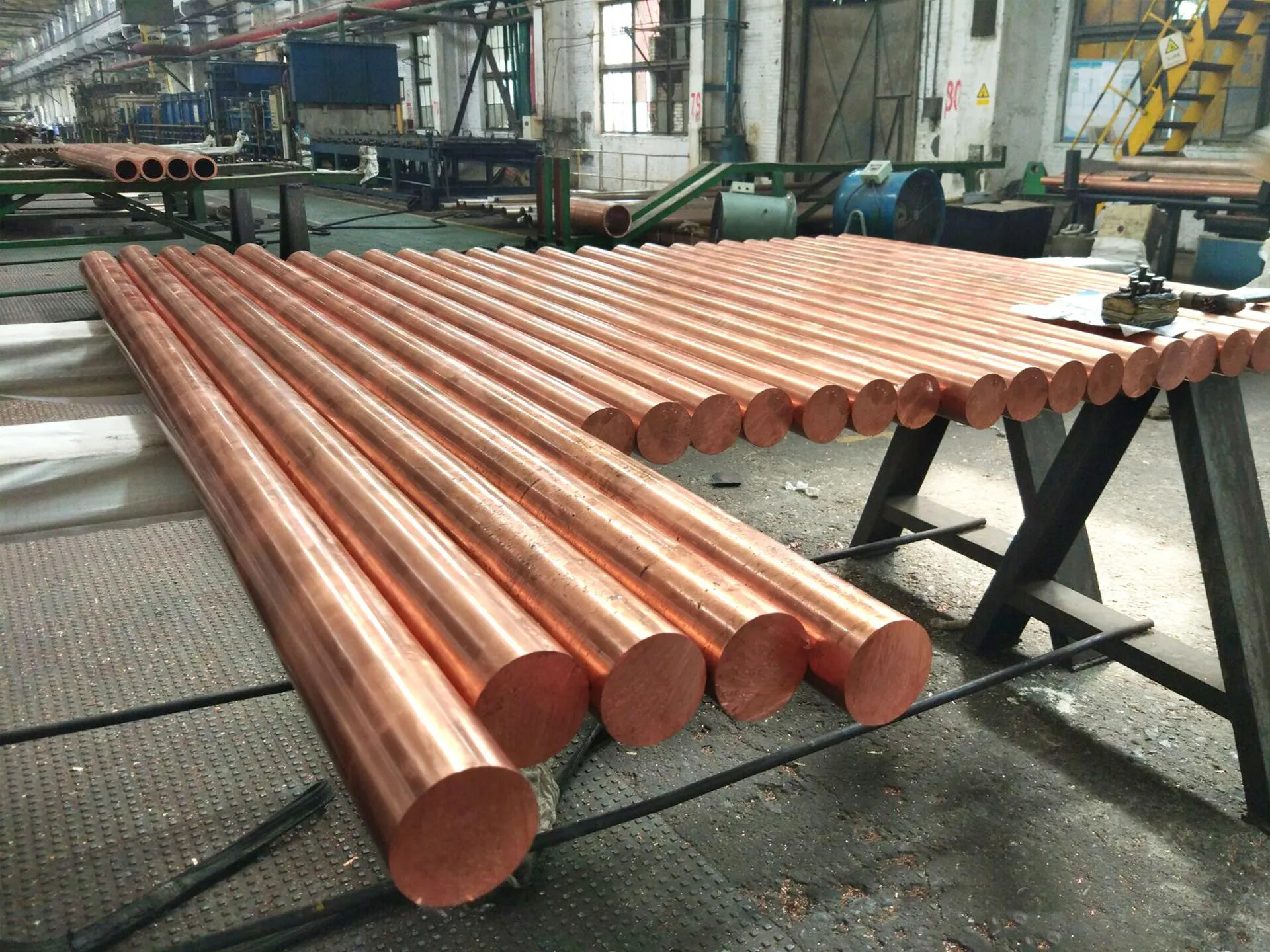
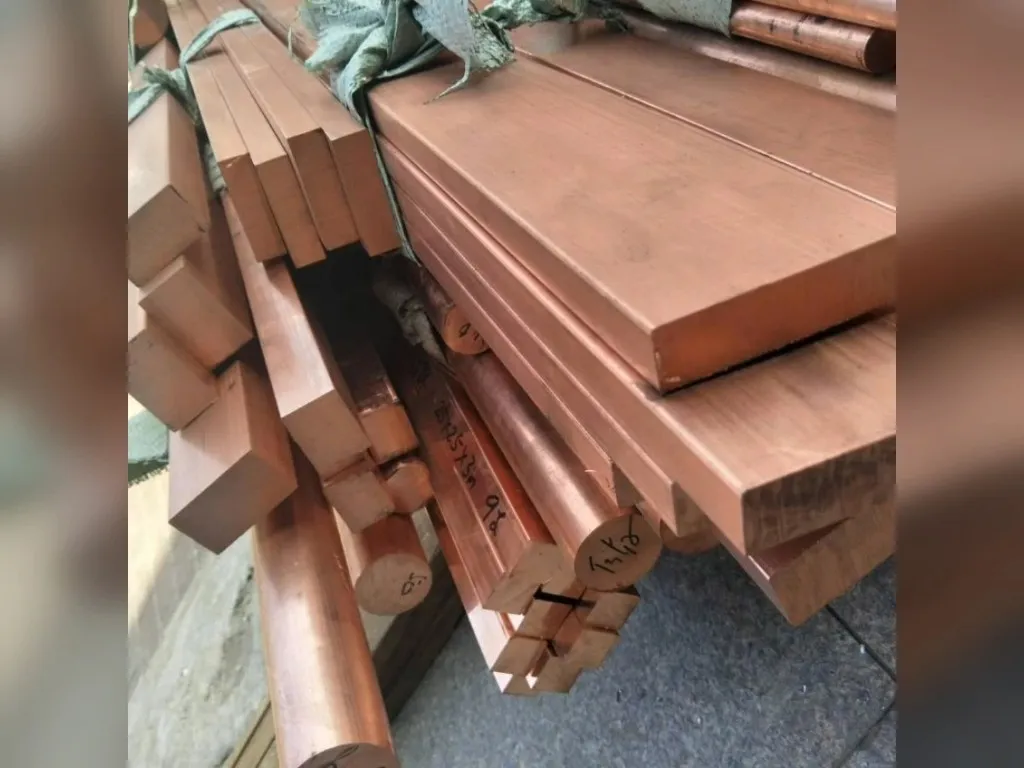
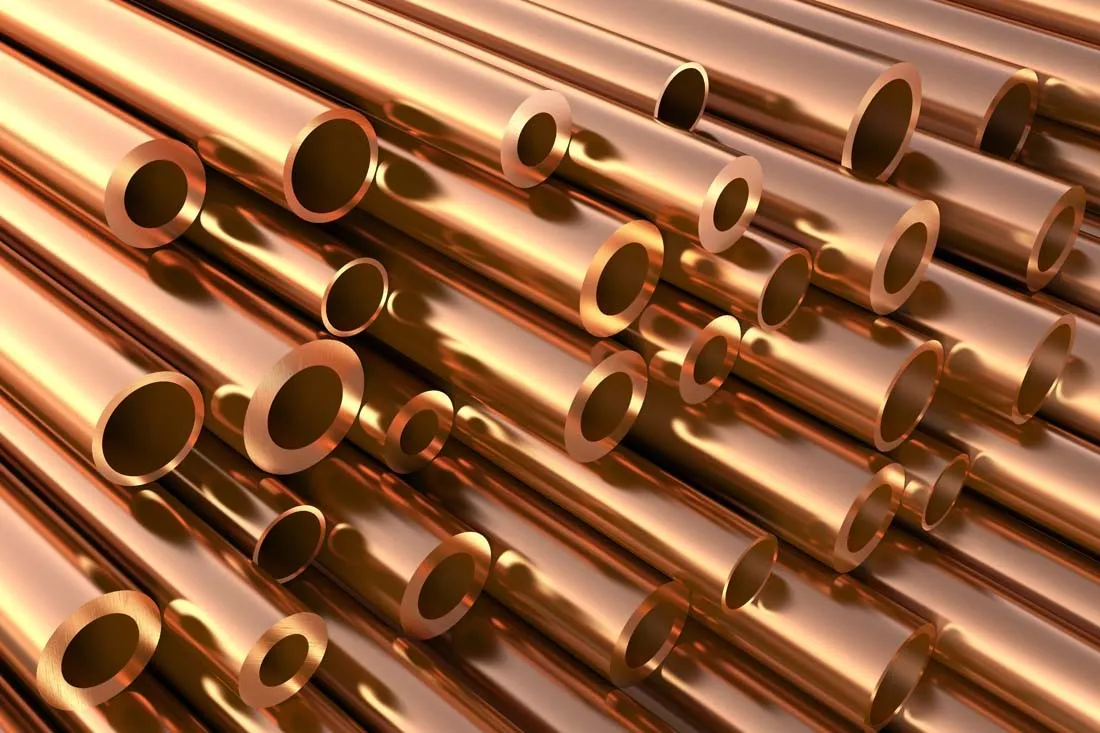
Macroeconomic Factors
The overall economic situation has an impact on the demand and price of copper. In the current macroeconomic environment, copper prices have been continuously declining since the National Day holiday and have been fluctuating widely within the range of 73,000 - 76,000 RMB per ton. The price of copper has also adjusted accordingly, with the decline remaining within a reasonable range.
Supply and Demand Relationship Factors
Supply Side: The domestic supply of scrap copper has decreased month-on-month. Upstream traders of scrap copper are facing losses in their inventories, so they are cautious in trading and the sentiment of hoarding goods in anticipation of price increases has intensified, resulting in a cooling down of market trading. In terms of imported copper, traders also have relatively low inventories. Although there will be a small amount of arrivals by the end of December, the quantity is limited and their willingness to place orders is not strong. All these factors have led to a reduction in the supply of copper in the market.
Demand Side: Scrap copper is mainly used in fields such as recycled copper rods and copper anodes for smelting. Currently, the overall capacity utilization rate is at a relatively low level within the year, and the demand performance is weak. There has been no significant improvement in December either, which leads to insufficient support on the demand side for copper.
Regional and Product Differences
Regional Differences: There are certain differences in the prices of copper in different regions. For example, on December 3rd, the price of SMM Guangdong No.1 electrolytic copper was between 74,170 and 74,480 yuan per ton, which was higher than that in other regions, and the premiums and discounts were also relatively high. Meanwhile, the prices in Shandong, Henan and other places were relatively low. This is related to factors such as the economic development level, industrial structure and transportation costs of each region.
Product Differences: The prices of copper products with different forms and purity also vary. For example, on December 3rd, the price of T2 copper bars in Guangdong Nonferrous Metals was between 78,600 and 79,400 yuan per ton, the price of T2 copper strips was between 77,550 and 77,850 yuan per ton, and the price of T2 copper rods was between 77,800 and 78,000 yuan per ton, all of which were higher than the price of No.1 electrolytic copper. This is because products such as copper bars and copper rods have undergone further processing and thus have higher added value.
Future Price Trend Prediction
In the short term, as the supply and demand in the scrap copper market have both weakened, it is expected that the price of copper will maintain an interval oscillation trend and the price fluctuation range may narrow. Meanwhile, the continuous narrowing trend of the price difference between scrap copper and scrap brass is difficult to be significantly improved in the short term, which will also have a certain impact on the price of copper.
In the long term, with the gradual improvement of the macroeconomic situation and the gradual recovery of downstream demand, the price of copper is expected to rise to a certain extent driven by the economic recovery. However, the magnitude of the increase still needs to pay attention to changes in multiple factors such as the global economic situation, international trade policies and copper mine supply.





